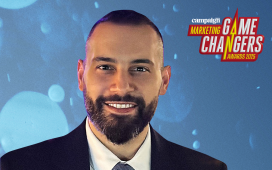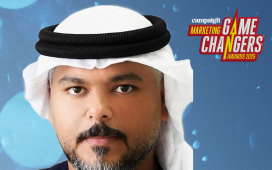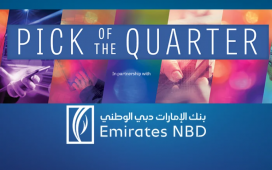Happiness is the goal of human thought and action, Aristotle once said. But while the word “happy” recorded an average monthly search of 2.3 million globally over 2023-2024, “Gen Z” recorded 2.4 million. As the world steps into welcoming Generation Beta in 2025, Gen Z stands out as the generation that everybody wants to know more about.
How to market for Gen Z is one of the major billion-dollar questions most marketeers today are trying to answer. Only it’s worth much more. According to a report published by the World Data Lab in October 2024, Gen Z will be the largest, wealthiest and highest-spending generation ever by 2030.
Prolific research is continuously produced on G
To continue reading this article you need to be registered with Campaign. Registration is free and only takes a minute. Register Now or sign in below if you already have an account.









